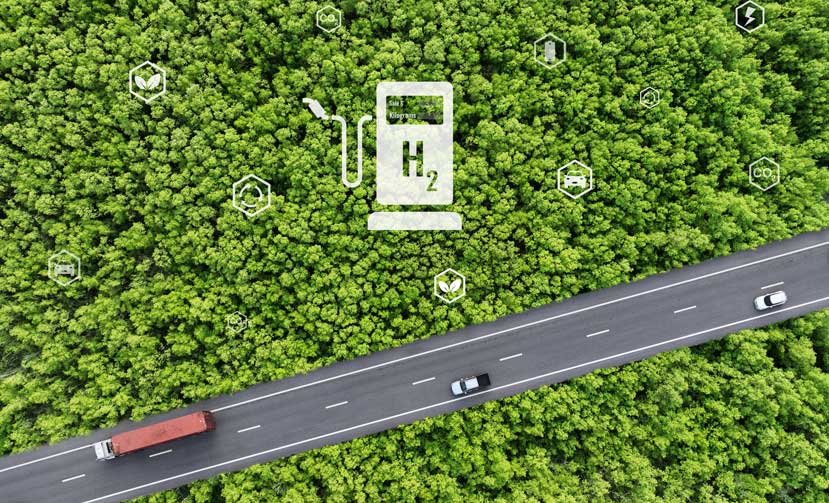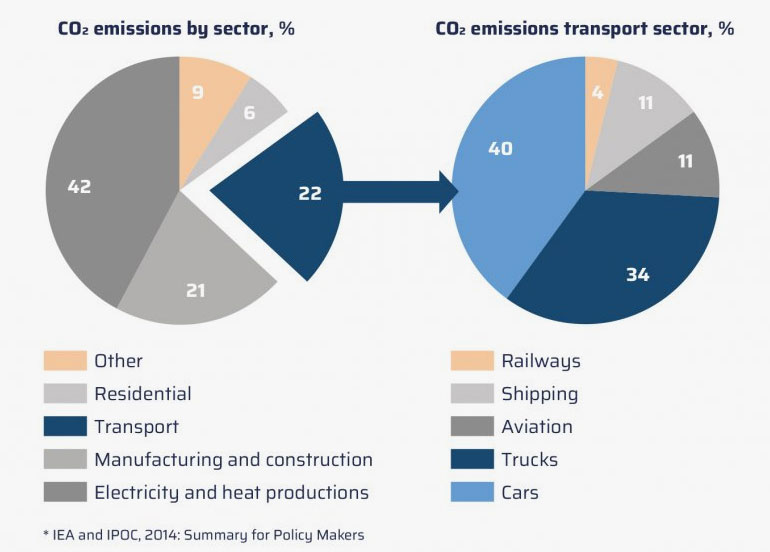Hydrogen penetration of the road transport sector has the fastest and biggest impact on Green House Gas emissions and urban air quality. Globally road transport generates 16% of CO2 emissions. Road vehicles have a relatively high turnover rate (average age 10 years), which means the impact of hydrogen can be faster than in other sectors.

In high fuel tax countries, green liquid hydrogen can be price competitive with gasoline and diesel without subsidy if these taxes are waived on hydrogen, as they are in India.

The deployment at scale of green liquid hydrogen in fuel cell electric vehicles will be a major contributor to the de-carbonization of road transport and reduction of urban pollution.
Green liquid hydrogen from renewable energy (solar, wind, hydro) has zero Green House Gas and pollutants emissions in the production and consumption phases.
To the consumer, hydrogen has the same convenience as gasoline and diesel but is greener. Hydrogen can be distributed via existing refueling stations with minimal new infrastructure, in contrast to the extensive infrastructure required for battery electric vehicles.
The cost of hydrogen fuel cell electric vehicles is expected to be comparable to gasoline and diesel vehicles by 2025.
Cost reduction is a key driver but green liquid hydrogen is always likely to be a premium-priced fuel compared with blue hydrogen from coal or gas with CCS.
More than sufficient hydrogen demand for road transport in India the 100 t/d from the LH2 India.